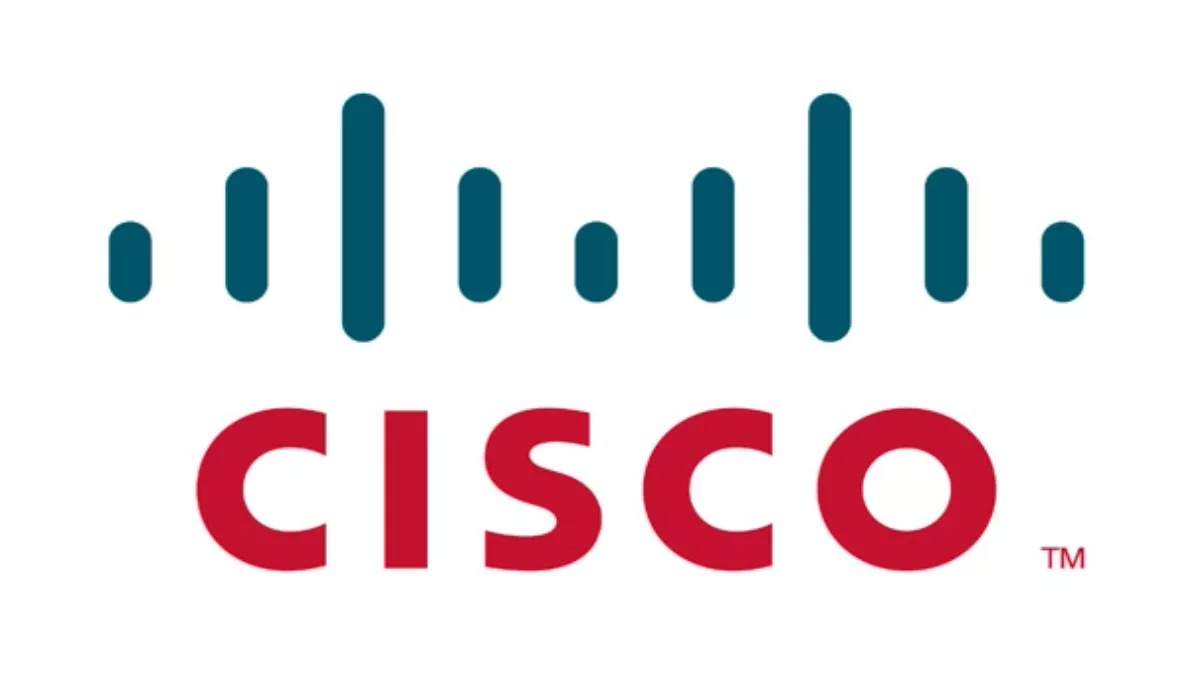
Cisco aims for intelligent sharing
Kris Boyd, Cisco ANZ channel strategy and enablement manager, is open about Cisco's flaws when it comes to dealing with the New Zealand channel. Having spent recent months building a capability and coverage plan for Australia and New Zealand and talking in-depth with partners about their needs, he knows the issues well. "One of the big things is that in the past we've over-communicated. We've saturated the New Zealand channel with too much information. I've heard examples where partners have received the same information five, six or seven times from us. It's overwhelming them, so we're going to simplify and get better at how we communicate with partners." But less communications means a need for smarter communications. And that's where the channel intelligence – comprised of information from reports commissioned by Cisco as well as general market intelligence reports from analysts such as Frost and Sullivan and IDC – comes in. "Our partners will see simplified communications from us, but also more precise messaging. It will be more defined and more accurate and appropriate to the audience, and not just for general communications, but events we run to touch our partner community," Boyd says. "You'll also see us using market intelligence and data to define our actions and outcomes. We're going to be more overt in why we are taking particular actions where in the past we haven't necessarily said why we were doing something, now we plan to share the reasons." Partner enablement He says Cisco will be using channel intelligence to further define the company's market and the opportunities here. Cisco has been working on 'some very big pieces of channel intelligence work' based around architectures, technologies and growth areas, with a view to identifying areas which may be lacking expertise in a particular architecture or technology. "Then we will be looking not just at which partner has the capability to cover that area, but also whether we should be incentivising a partner to go out and actively chase that market." The incentives are likely to take the form of funding for marketing initiatives and co-development of the market. The focus on communications and channel intelligence comes as Cisco's partners also change. Boyd notes that while the company still has the traditional partners, there are also 'new age' partners – most notably in the area of business video, with the likes of Agile and Canon Industries. "They don't flog switches and routers, they're a very specialist part in the unified communcations space, and they came across through our acquisition of Tandberg. They have a very different view of Cisco and a very different set of requirements from us," Boyd says. "Another area is cloud where our partners come from the rack and compute space and are not necessarily network specialists. Again, there's a different mentality. "We're looking at how we best identify, recruit, enable and extend [partners and potential partners], and that's part of the partner enablement framework I've been working on, again using channel intelligence," he says. "We have started to place significant focus on partner profitability in the last 12 months. The end game is for them to realise value with their customers. Then we all win.


